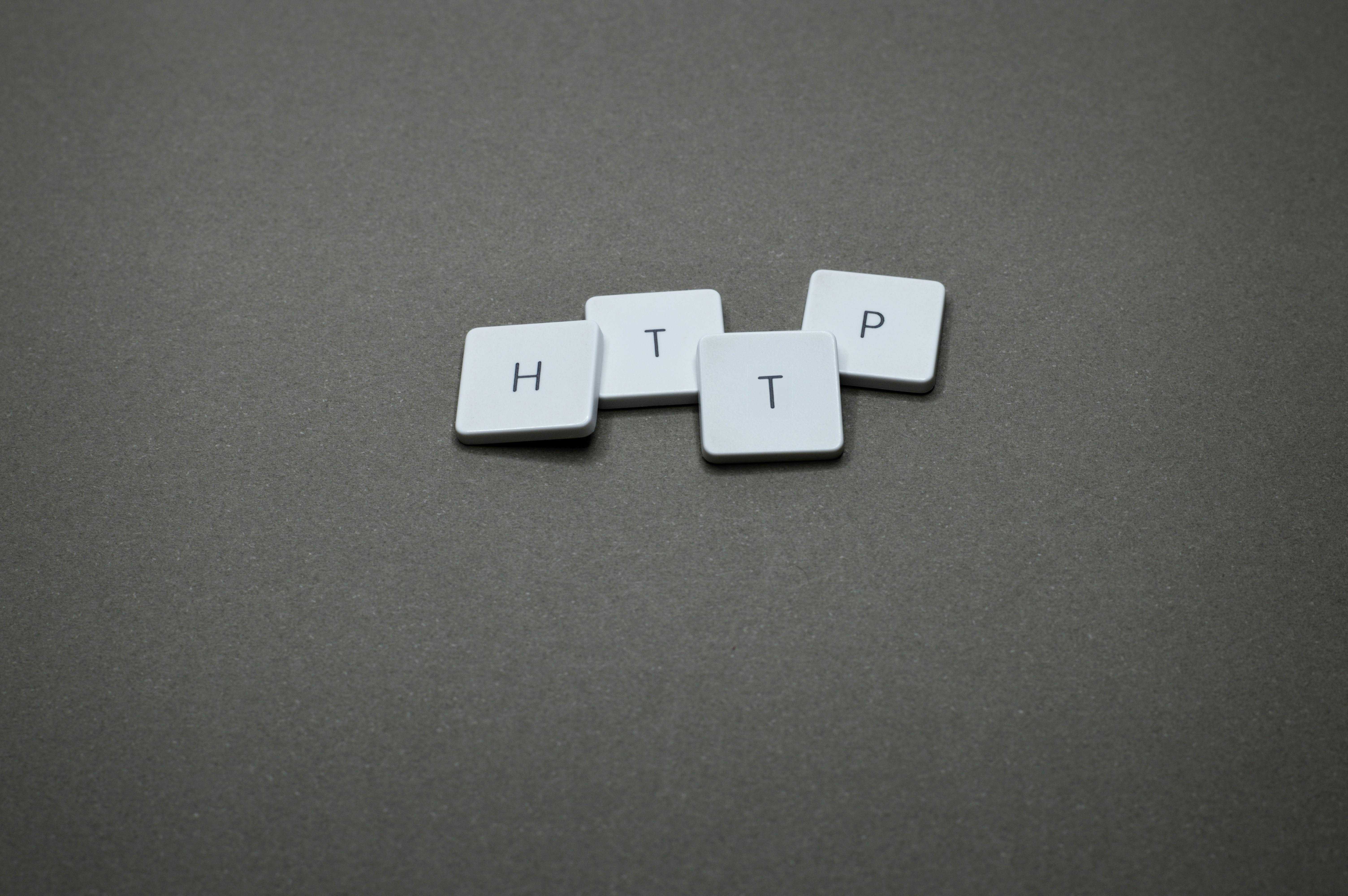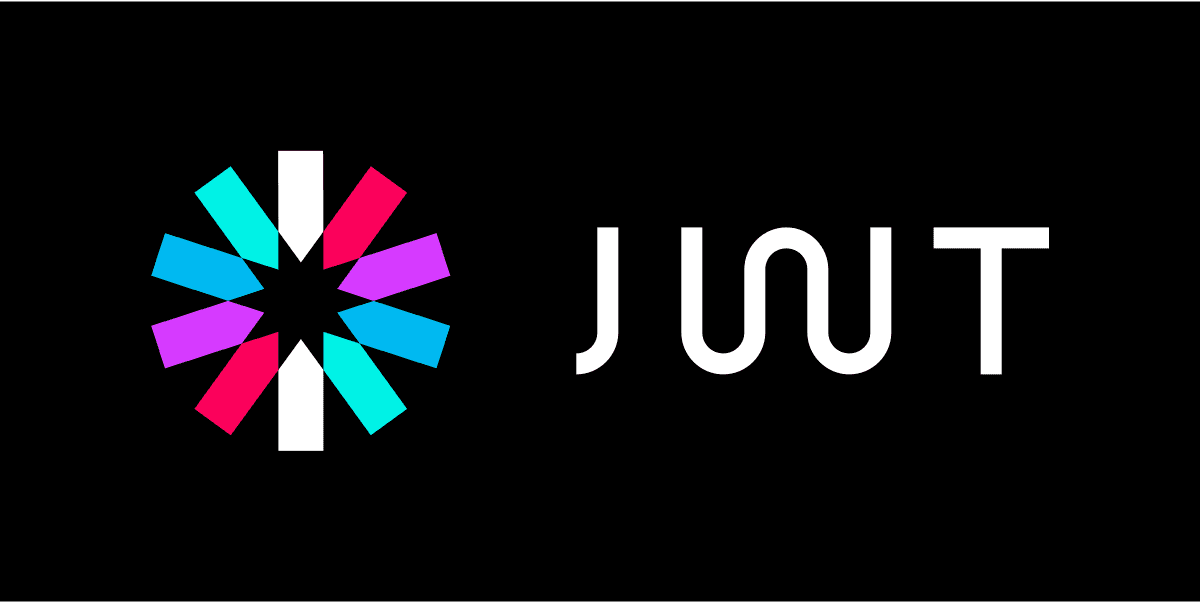
How Multi-Factor Authentication is changing the future of security?

Multi-factor authentication (MFA) is a security mechanism that requires users to provide multiple forms of identification to access a system or application. MFA provides an extra layer of security beyond traditional username and password authentication by requiring at least two factors of authentication.
Rise of MFA
Multi-factor authentication has gained in popularity in recent years due to the increasing number and severity of data breaches and cyber-attacks. Traditional username and password authentication is vulnerable to a variety of attacks, including phishing, brute force attacks, and password spraying. Once a hacker obtains a user's login credentials, they can access sensitive data and systems on behalf of the attacked user with ease.
MFA adds an additional layer of security to the authentication process, making it much more difficult for hackers to gain access to a system or application. Even if a hacker manages to obtain a user's password, they will still need to provide the additional factor of authentication, such as a code sent to the user's mobile device or a biometric identifier like a fingerprint, to access the system or application.
In addition to providing increased security, MFA is also becoming more convenient and user-friendly. Many MFA solutions now allow users to authenticate their identity with biometric identifiers like fingerprints or facial recognition, which are often faster and easier than typing in a password. MFA solutions are also becoming more seamless and integrated with other systems and applications, reducing the friction and complexity of using multiple authentication methods.
Overall, the increasing popularity of MFA is a response to the growing need for stronger and more secure authentication methods in the face of evolving cyber threats. As the importance of data security continues to grow, MFA is likely to become even more widely adopted as a key component of modern security practices.
Security Aspects
Let's say that a user has set up MFA on their email account, and the MFA solution requires both a password and a code generated by a mobile app. If a hacker tries to log into the user's email account using just the password, they will be unable to access the account because they don't have the second factor, which is the code generated by the mobile app.
Even if the hacker has somehow obtained the user's password (e.g. through a phishing attack or a data breach), they still can't log in without the second factor of authentication.
The factors used in MFA typically fall into one of three categories:
- Something the user knows: This category includes factors that require the user to provide knowledge that only this user should know, such as a password, PIN code, or answer to a security question.
- Something the user has: This category includes factors that require the user to possess a physical object, such as a smart card, security token, or mobile device, which generates a one-time code that the user must provide to authenticate their identity.
- Something the user is: This category includes factors that rely on a unique physical characteristic of the user, such as biometric information like a fingerprint, facial recognition, or voice recognition.
By requiring two or more factors from different categories, MFA makes it much more difficult for unauthorized users to access a system or application.
MFA can also protect a user if their password is compromised in a data breach. If the user is using the same password for multiple accounts (which is not recommended), then a hacker who gains access to one account could potentially access all of the user's accounts. However, with MFA in place, the hacker would still need to provide the second factor of authentication to access each account, making it much more difficult for them to gain access to multiple accounts even if they have obtained the user's password.
Multi-Factor Authentication Can Enhance User Experience
While multi-factor authentication is primarily implemented for security purposes and adds a new step during the authentication process, it can also have benefits for user experience.
With the need of adding MFA, come new authentication methods to help applications make this new step as simple as possible for the end user, and push organizations to improve this flow. Depending on the MFA method used, the authentication process can be very fast and efficient. For example, many authentication solutions use now push notifications to mobile devices, SMS, email links, or other quick authentication methods, which can be faster than typing in a password even with a password manager. This can help to reduce friction in the login process, making it quicker and more streamlined for users.
The MFA solutions offer users the ability to choose which authentication method they prefer, based on their preferences, the device they use, and the situation at hand. For example, some users may prefer to receive a text message with a one-time code, while others may prefer to use a biometric authentication method such as facial recognition. Offering users a choice can help to make the login process more user-friendly and can help to enhance the overall user experience.
Conclusion
Multi-factor authentication is an important tool for enhancing online security, but it's not just about protecting sensitive information from cyber threats. MFA can also offer benefits that enhance user experience, making it a win-win for both security and convenience. By simplifying the login process, making it faster and more flexible, and giving users peace of mind, MFA can help to improve user satisfaction and trust. As technology continues to evolve, implementing MFA should be a top priority for businesses that want to stay ahead of the curve and prioritize both security and user experience.



